Ultimate Guide to Tanzania Migration Safaris
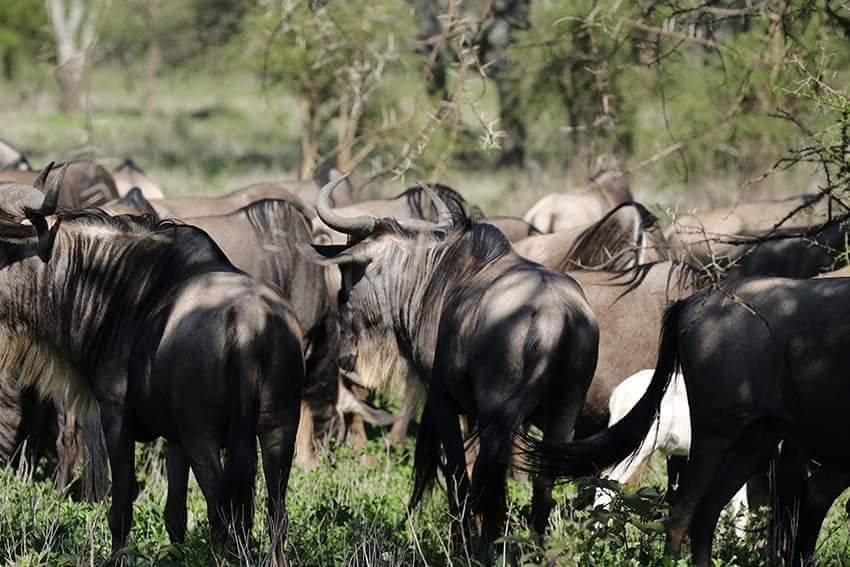
The Great Wildebeest Migration is one of the most extraordinary wildlife events on Earth, and Tanzania is the prime destination to witness it. Each year, over two million wildebeest, along with hundreds of thousands of zebras and gazelles, undertake a perilous journey across the Serengeti in search of fresh grazing lands. This epic migration captivates wildlife enthusiasts and adventurers from around the world, and Sheengai Pride Safaris is here to ensure you experience this natural wonder in all its glory.
What Is the Great Wildebeest Migration?
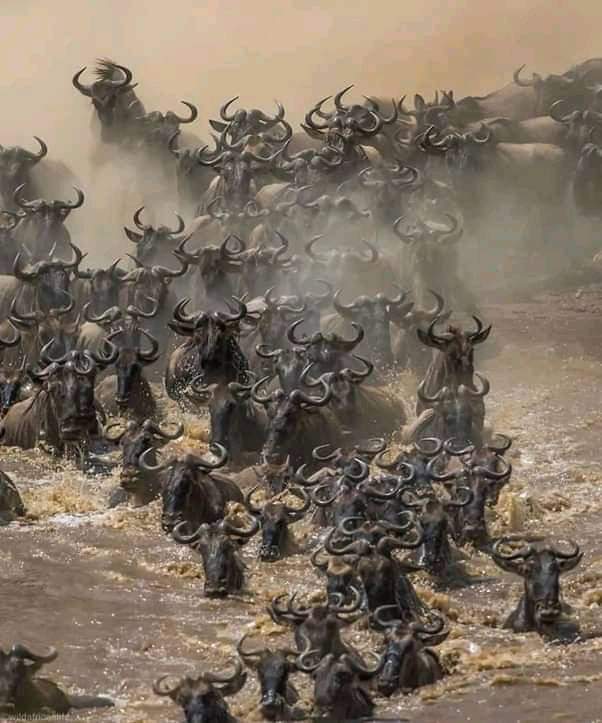
The Great Wildebeest Migration is a dynamic and continuous movement of wildlife across the African plains. Driven by the seasonal rains and the availability of new grass, the migration involves a circular route between Tanzania’s Serengeti National Park and Kenya’s Masai Mara. The herds of wildebeest, zebras, and gazelles face numerous challenges, including crossing crocodile-infested rivers and evading predators, making it a dramatic and captivating spectacle.
This migration is not just a visual feast; it’s a vital ecological event that sustains the entire Serengeti-Mara ecosystem. Witnessing the migration provides a deep understanding of nature’s resilience and the intricate balance of life on the plains. However, no one can exactly predict the location of the migration because it is entirely dependent on rainfall patterns as the herds move in search of green pastures and water. Therefore, the following guidelines are based on normal circumstances.
Why Tanzania Is the Ideal Destination for Migration Safaris
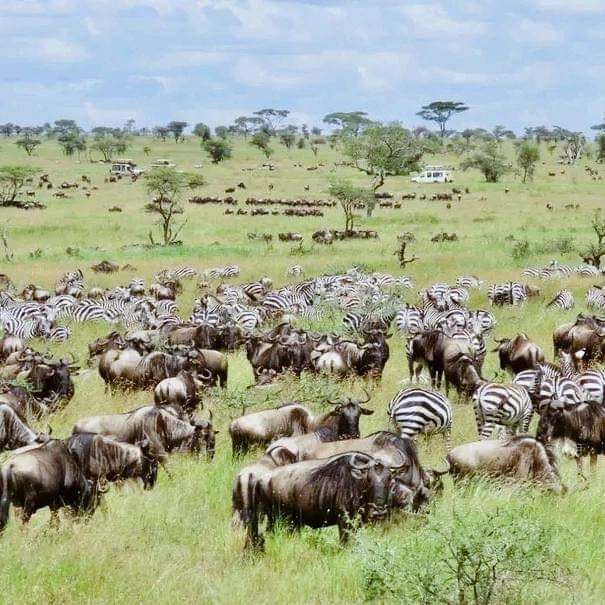
Tanzania is renowned for offering some of the most breathtaking landscapes and wildlife experiences in Africa. The Serengeti National Park, with its vast savanna and diverse ecosystems, serves as the primary stage for the Great Wildebeest Migration. The park’s expansive plains provide an unobstructed view of the massive herds as they move across the landscape.
In addition to the Serengeti, Tanzania’s Ngorongoro Conservation Area is a key site, especially during the calving season. The calving period, from December to March, sees an influx of newborn wildebeest, attracting predators and offering unique viewing opportunities. Other parks such as Tarangire National Park and Lake Manyara National Park also add to the richness of Tanzania’s safari experience, each with its own distinctive features and wildlife.
The Best Times to Experience the Migration
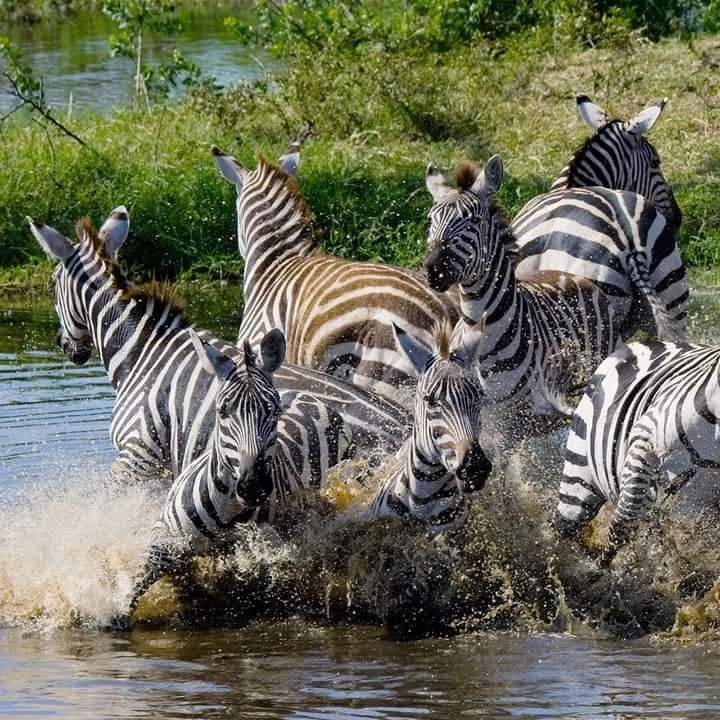
The Great Wildebeest Migration is a year-round event, but the experience varies throughout the year. Here’s a guide to the best times to visit:
December to March: Calving Season in the Southern Serengeti and Ngorongoro Conservation Area
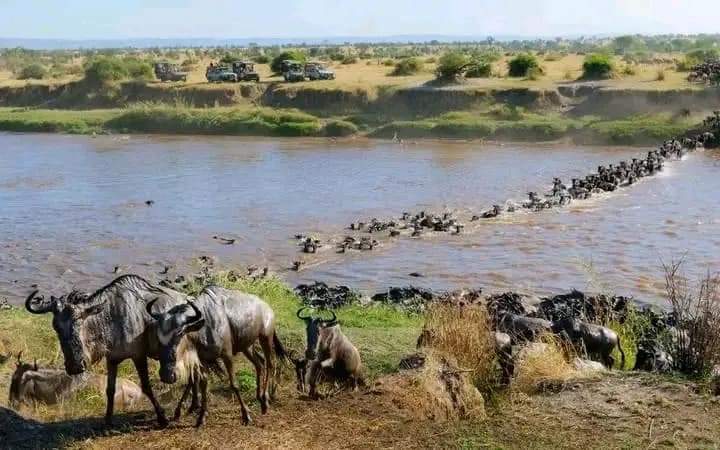
From December to March, the southern Serengeti and the Ngorongoro Conservation Area come alive with one of the most fascinating phases of the Great Wildebeest Migration—calving season. This period is crucial for the wildebeest as it marks a time of rapid reproduction and significant ecological activity.
Calving Season Overview
During these months, the vast plains of the southern Serengeti, including the Ndutu area, become the epicenter of new life. Approximately 500,000 wildebeest calves are born in a relatively short span, making this an incredibly vibrant time for wildlife viewing. The sheer number of newborns creates a spectacle of renewal and growth, as the herds gather to give birth on the nutrient-rich grasses of the southern Serengeti.
Why Calving Season is Special

- High Concentration of Wildlife: The southern Serengeti’s short-grass plains provide an ideal environment for calving. The abundance of fresh, nutrient-rich grass supports the massive herds, and the concentration of wildebeest during this period is unparalleled. This density increases the chances of witnessing dramatic interactions between predators and prey.
- Predator-Prey Dynamics: The calving season is not only about new beginnings but also about survival. Predators such as lions, cheetahs, and hyenas are highly active during this time, drawn by the abundance of vulnerable young calves. Observing these predator-prey interactions provides a raw and thrilling insight into the circle of life on the Serengeti plains.
- Dramatic Scenes: The sight of thousands of calves taking their first steps, learning to stand and walk, is both heartwarming and awe-inspiring. Their first encounters with the world around them, including their rapid adaptation to the dangers of their environment, make for compelling viewing and photography.
- Unique Opportunities for Birdwatching: The calving season also brings an influx of bird species that take advantage of the increased availability of insects and other food sources. Birdwatchers can enjoy sightings of raptors and other avian species that are attracted to the dynamic ecosystem.
April to June: The Northward Migration of Wildebeest
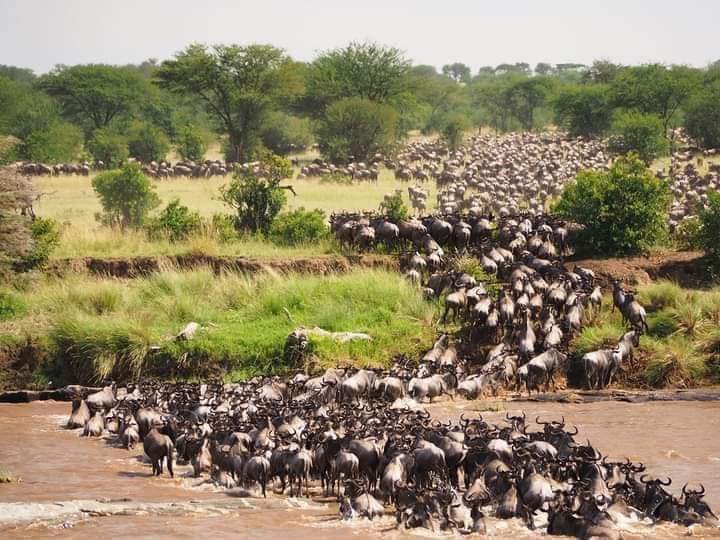
From April to June, the Great Wildebeest Migration enters a dynamic phase as the herds begin their northward journey following the end of the rains. This period is characterized by significant movement across the Serengeti plains, and it offers a unique opportunity to witness the migration with fewer crowds.
Overview of the Northward Migration
As the short rains taper off in April, the wildebeest and their fellow travelers, including zebras and gazelles, start their migration northward. The lush green grasses that emerged during the rains begin to dry out, prompting the herds to move towards new grazing areas. This movement is not just a migration but a remarkable display of nature’s rhythms, driven by the quest for fresh pastures and water sources.
Why April to June is an Ideal Time to Visit
- Dynamic Migration Scenes: The migration during this period is marked by continuous movement across the Serengeti’s vast plains. Witnessing the herds as they traverse different landscapes, from the southern plains to the central Serengeti, provides a sense of the scale and complexity of the migration.
- Fewer Tourists: April through June is a shoulder season for safari tourism, meaning there are generally fewer tourists compared to the peak months of July to October. This lower tourist volume allows for a more intimate and immersive experience. You’ll have better access to prime viewing spots and a more serene environment to enjoy the migration.
- Scenic Landscapes: The Serengeti’s landscape is at its most picturesque during this period. The contrast between the lush green plains and the vast, open skies creates stunning scenery. The migration across these scenic backdrops offers fantastic opportunities for photography and appreciation of the natural beauty.
- Wildlife Diversity: As the herds move north, they encounter various ecosystems and habitats, including the central Serengeti’s mixed woodlands and savannas. This diversity brings a range of wildlife encounters beyond the migration itself. You may spot predators, such as lions and cheetahs, and other species that thrive in these different habitats.
- Birdwatching Opportunities: April to June is also a great time for birdwatching. The migration coincides with the arrival of migratory birds and an increase in bird activity, offering bird enthusiasts the chance to see a variety of species in their natural habitats.
July to October: The Peak of the Great Wildebeest Migration
From July to October, the Great Wildebeest Migration reaches its zenith as the herds journey towards the Mara River in Kenya. This period represents the dramatic climax of the migration, showcasing some of the most thrilling and iconic wildlife spectacles in the world. For wildlife enthusiasts, this is a prime time to witness the migration at its most intense and captivating.
Overview of the Peak Migration Phase
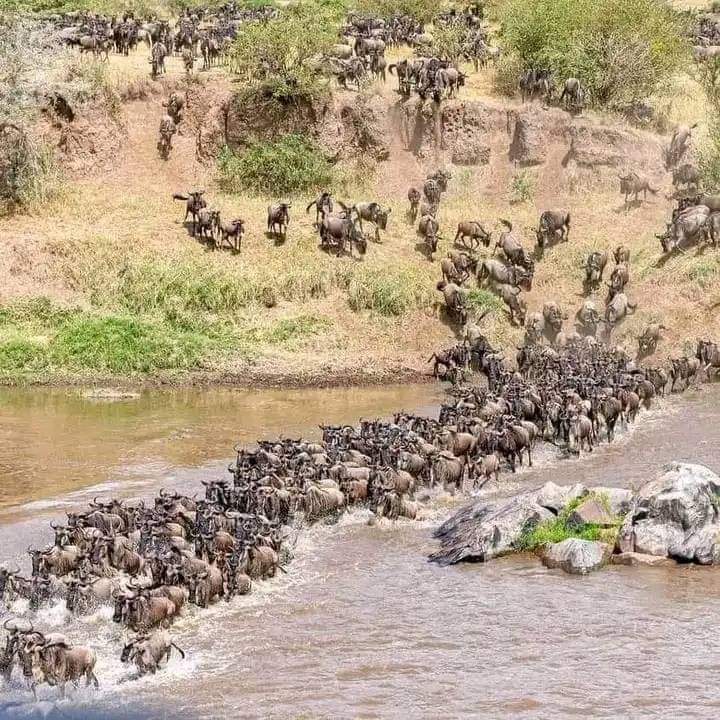
During these months, the wildebeest, along with zebras and gazelles, undertake one of the most dangerous and exhilarating segments of their journey. The herds make their way northward through the Serengeti and into Kenya’s Maasai Mara, driven by the search for fresh grazing grounds and water. The Mara River, with its crocodile-infested waters and steep banks, becomes a critical barrier in their path.
Why July to October is the Best Time to Visit
- Dramatic River Crossings: The Mara River crossings are the highlight of this period. Watching thousands of wildebeest and zebras as they brave the river’s strong currents and crocodile threats is a breathtaking experience. The crossings are filled with dramatic moments as the animals leap into the water, facing numerous hazards to reach the opposite bank. This spectacle is a must-see for any wildlife enthusiast and a highlight for photographers seeking to capture the raw intensity of the migration.
- Prime Wildlife Viewing: With the migration concentrated around the Mara River, this period offers exceptional wildlife viewing opportunities. Besides the dramatic river crossings, you can observe the herds as they graze on the Mara’s rich pastures and encounter predators such as lions, cheetahs, and hyenas that are attracted to the dense concentrations of prey.
- Spectacular Scenery: The Maasai Mara’s diverse landscapes provide a stunning backdrop to the migration. The lush, green riverbanks contrast with the golden savannas, creating a picturesque setting for wildlife viewing. The Mara’s varied terrain, including open grasslands and acacia woodlands, enhances the overall safari experience.
- Photographic Opportunities: The combination of dramatic river crossings, abundant wildlife, and scenic landscapes makes this period ideal for photographers. The action-packed river crossings, along with the vibrant colors of the Mara’s terrain, offer incredible photo opportunities that capture the essence of the migration.
- Cultural Experiences: In addition to the migration, you can explore the Maasai Mara’s rich cultural heritage. Visits to Maasai villages provide insights into the traditions and way of life of the Maasai people, adding a cultural dimension to your safari experience.
November: The Return Journey and Serenity of the Great Wildebeest Migration
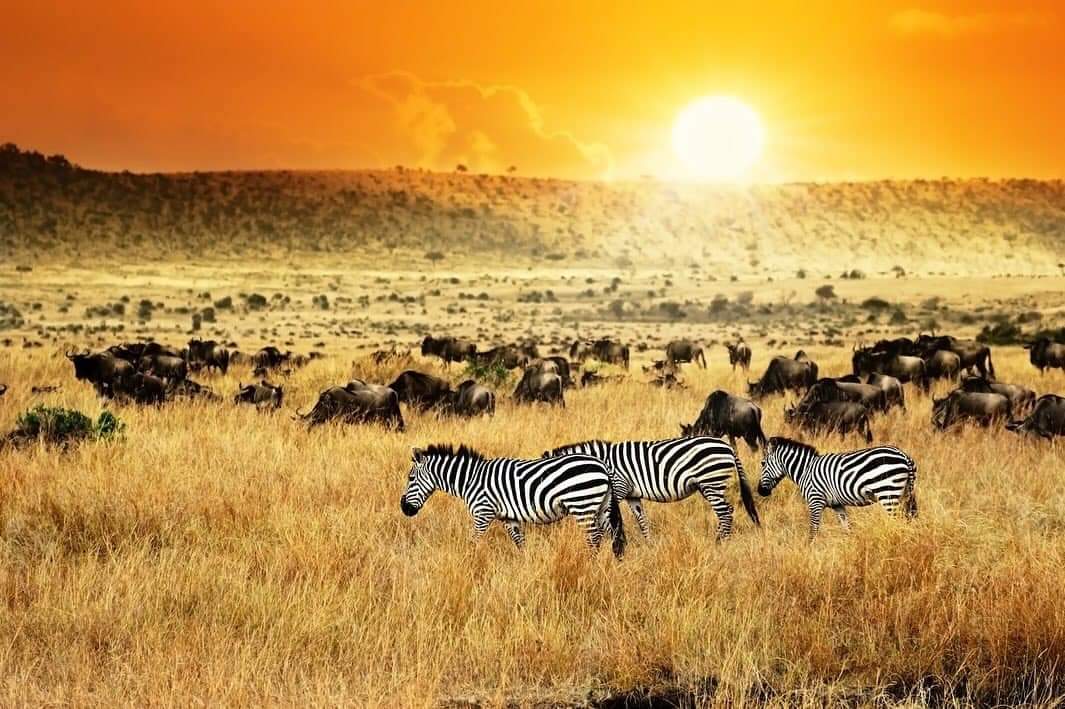
In November, the Great Wildebeest Migration transitions from its dramatic peak to a quieter and more serene phase. As the short rains begin, the herds embark on their journey back south towards the Serengeti. This period offers a unique and tranquil experience, allowing you to witness the migration’s concluding stages in a more relaxed setting.
Overview of the Return Journey
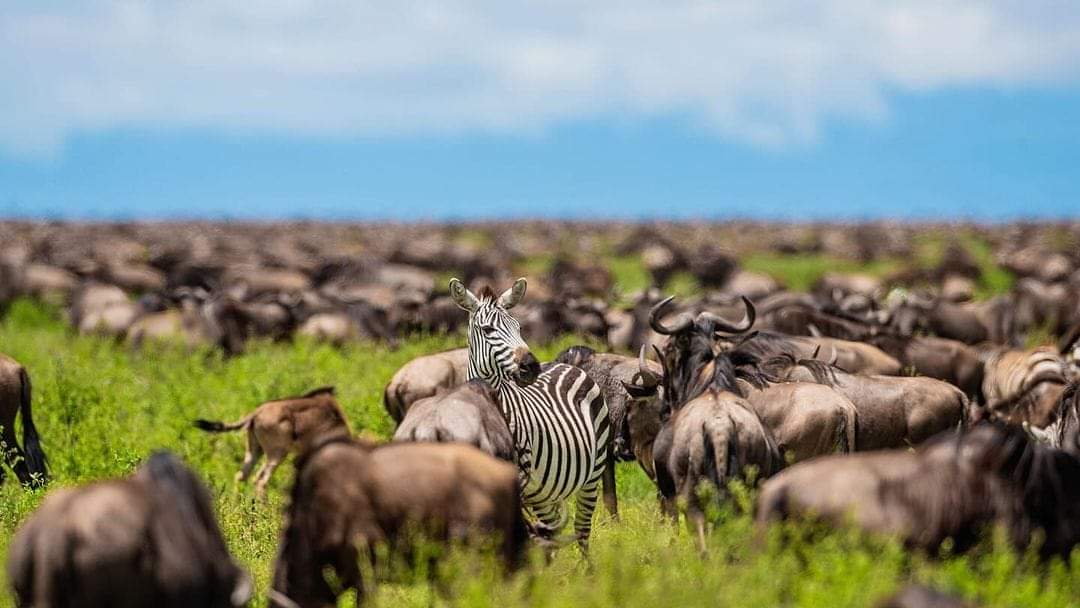
As the short rains return in November, the wildebeest, zebras, and gazelles start their migration back towards the Serengeti’s southern plains. This return journey is characterized by a gradual movement as the herds make their way through the Mara and Serengeti ecosystems. The lush green grasses that emerge after the rains provide an inviting environment for the herds as they move southward.
Why November is a Unique Time to Visit
- Serene Wildlife Viewing: November offers a more peaceful safari experience compared to the peak migration months. The return journey is less crowded with tourists, providing a quieter and more intimate setting for wildlife viewing. You can enjoy observing the herds as they make their way back to the Serengeti without the hustle and bustle of peak season.
- Post-Rain Landscapes: The landscapes in November are refreshed and vibrant due to the short rains. The Serengeti’s plains come alive with new grass, creating a lush and picturesque environment. This rejuvenated scenery enhances the overall safari experience and offers great opportunities for photography.
- Wildlife Diversity: As the herds return south, they pass through various ecosystems, providing diverse wildlife encounters. The migration’s conclusion offers a chance to see different species and observe how the changing environment impacts their behavior and interactions.
- Birdwatching Opportunities: November is also a good time for birdwatching, as the short rains attract migratory bird species to the region. The increased bird activity adds an additional layer of interest to your safari experience.
Preparing for Your Migration Safari with Sheengai Pride Safaris
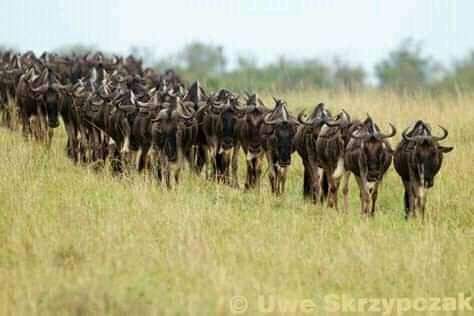
To make the most of your Great Wildebeest Migration safari, consider the following tips:
- Choose the Right Time: Depending on your interests and preferences, select the best time to visit. Whether you’re interested in witnessing the calving season, the dramatic river crossings, or the serene return journey, Sheengai Pride Safaris can tailor your itinerary to match your preferences.
- Book Early: The Great Wildebeest Migration is a popular safari experience, and accommodations can fill up quickly. Book your safari well in advance to secure your preferred travel dates and lodging.
- Pack Accordingly: Bring lightweight and breathable clothing, comfortable walking shoes, a wide-brimmed hat, and sunscreen. For photography enthusiasts, a zoom lens will help capture the action from a distance. Also, pack insect repellent and binoculars to enhance your safari experience.
- Stay Hydrated and Healthy: Safaris can be physically demanding, so drink plenty of water and stay hydrated. If you have any health concerns or dietary restrictions, inform your safari operator in advance to ensure your needs are met.
- Follow Safari Etiquette: Respect wildlife and follow the guidance of your safari guides. Maintain a safe distance from animals and avoid disturbing their natural behaviors. Responsible tourism helps protect the environment and ensures a positive experience for all.
Experience the Wonders of the Great Wildebeest Migration with Sheengai Pride Safaris
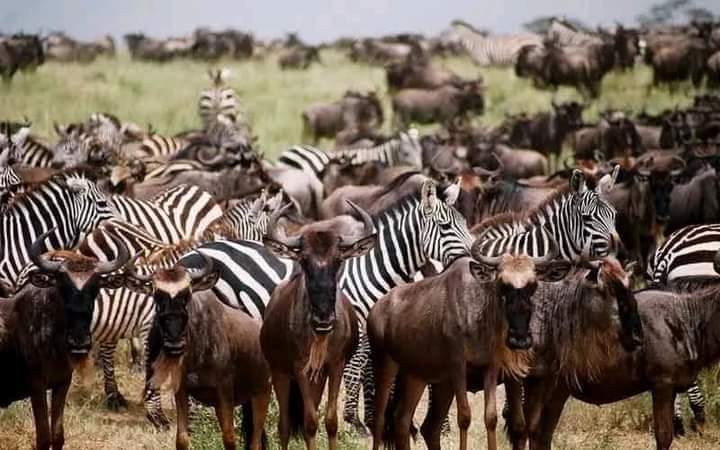
At Sheengai Pride Safaris, we are dedicated to providing you with an unforgettable safari experience. Our expert guides and carefully crafted itineraries ensure that you witness the Great Wildebeest Migration in all its grandeur. Contact us today to plan your migration safari and embark on an adventure that will leave you in awe of nature’s wonders.

Comments
Post a Comment